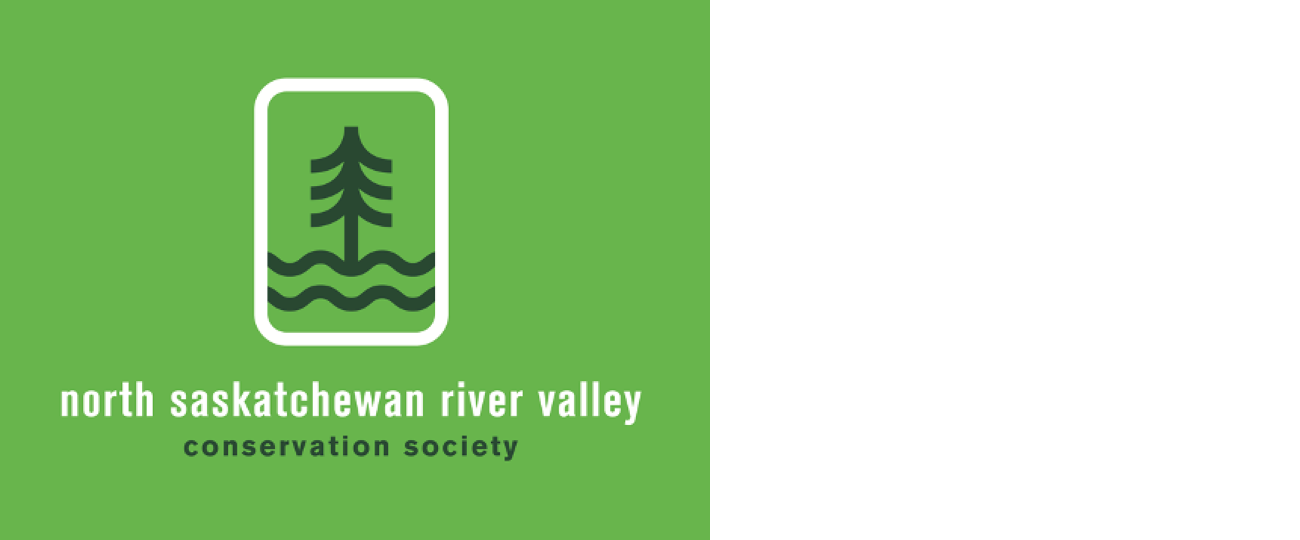Edmonton-Strathcona County Footbridge Survey
This footbridge will link Edmonton to Strathcona County and connect to the trail systems within the North Saskatchewan River Valley. It will connect 167 Avenue on the Edmonton side to Township Road 540 on the Strathcona County side of the river.
The City of Edmonton, Strathcona County and the River Valley Alliance are partners in funding the planning, design, and construction of the new footbridge over the North Saskatchewan River.
Participate in a survey about the preliminary design for the proposed footbridge and open spaces on each side of the North Saskatchewan River until April 8 at
https://www.edmonton.ca/projects_plans/roads/edmonton-strathcona-county-footbridge
Off-leash dogs and impact on wildlife
As someone who likes to walk my dog off-leash in Edmonton’s river valley, a recent story from Calgary about the impact of off-leash dogs was enlightening.
Three years of pictures snapped between 2017-2020 by a Calgary wildlife camera program showed thousands of dogs on the run in parks where leashing is required. Of 20,000 photos collected of dogs off-leash, 89 per cent were in areas where they should have been on a lead.
Spring is an important time for birds. Nature Calgary's Kaya Konopnicki said it's a time they are getting ready to mate and nest. Some birds in Alberta don't build their homes high up in trees. Instead, shorebird species and killdeer nest by burrowing on the ground.
When dogs walk through grassy areas they could be treading on nests or scaring the parents away. "When their parents are scared away from the nest that way, they might not return," Konopnicki said. "All of a sudden you've got a failed nesting season. And there is a concern these little effects start building up."
Wildlife groups want dog owners to understand the rules aren't random, they help animals thrive. Read more at https://www.cbc.ca/news/canada/calgary/calgary-off-leash-dogs-1.6399337
From gravel pit to gem, West River’s Edge park in Fort Saskatchewan
Across the river from northeast Edmonton, this 194-hectare green space includes winter ski trails, an enormous enclosed off-leash dog park with a pond, a wetland conservation area, an interpretive forest, and a boat launch onto the North Saskatchewan River.
Walking trails lead to a variety of lookout points providing beautiful views of the river and its banks. Fishing, hiking, and mountain biking are this park’s main attractions. Trail options include paved and a network of single track mountain bike trails.
The parks services manager for the City of Fort Saskatchewan says it is a far cry from the area's previous life as a gravel quarry a quarter century ago. "This is our gem, this is our park we are developing over time and it's really important to the community," says Jenelle Hart. "This past winter when we provided skating on the pond for the first time it was the talk of the town." Learn more at https://www.cbc.ca/news/canada/edmonton/west-river-s-edge-fort-saskatchewan-wendi-crowe-nordic-ski-club-jenelle-hart-1.6370970
Library River
Long ago the library flowed
Knowledge was borrowed, stories well told
Wisdom historical spoken by heart
Hear, beside Library River
Poem by Garth Ukrainetz, presented on the Walterdale Bridge
March 15-18, 2022.
Comment or contribution
Please note that articles may not reflect the position of NSRVCS. River Valley News is meant to be a clearinghouse for the wide variety of opinions and ideas about Edmonton’s River Valley.
If you have a comment, concern, or question, contact us at nsrivervalley@gmail.com Please also email us river valley photos or event information. Your friends, neighbours and colleagues can sign up for this newsletter on our web site https://www.edmontonrivervalley.org/
Sincerely yours,
Harvey Voogd
North Saskatchewan River Valley Conservation Society
780.691.1712

















